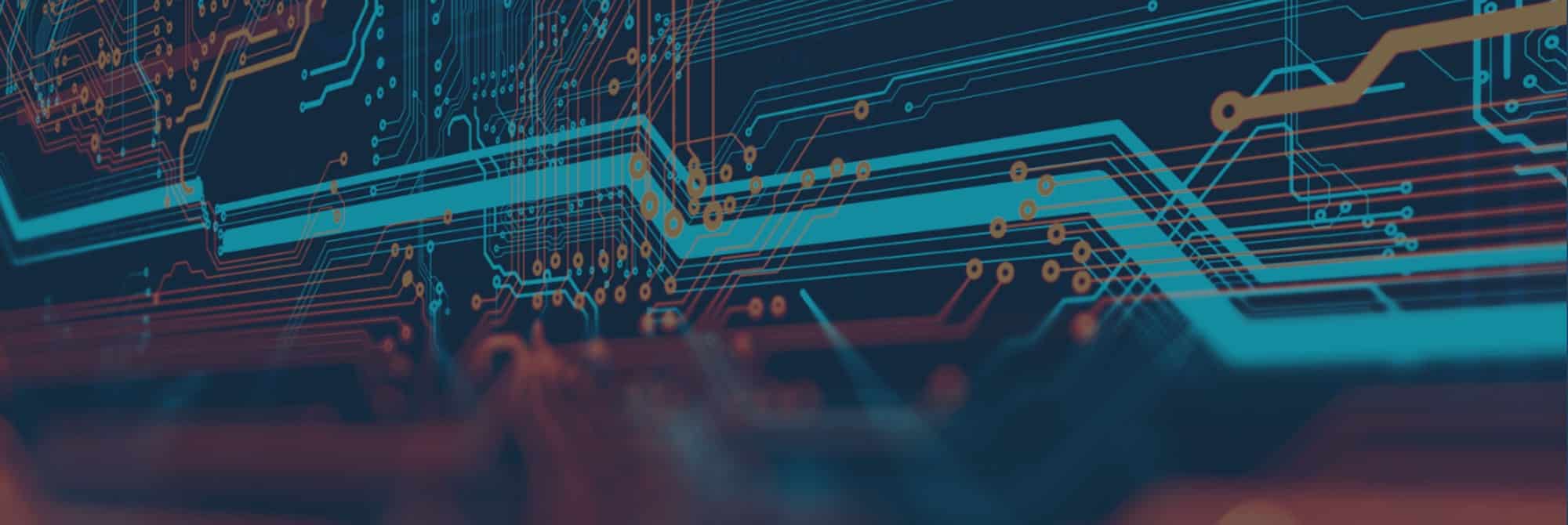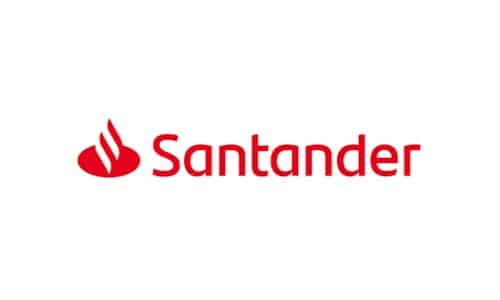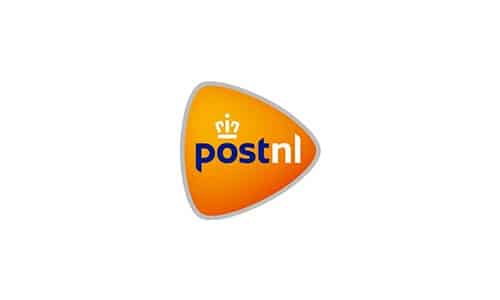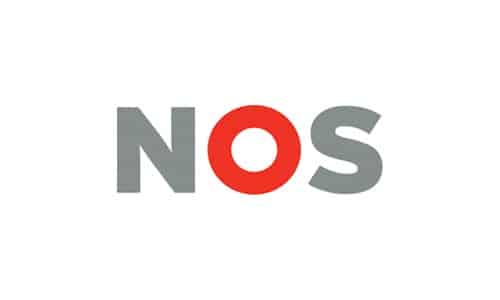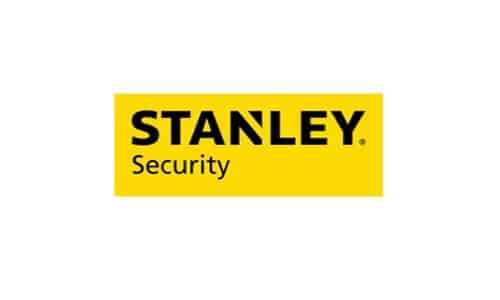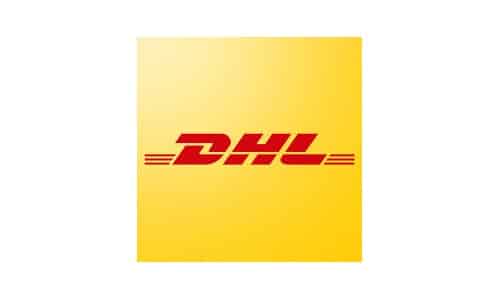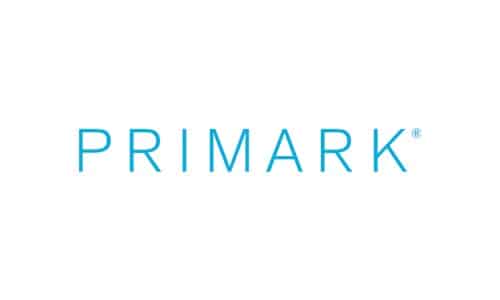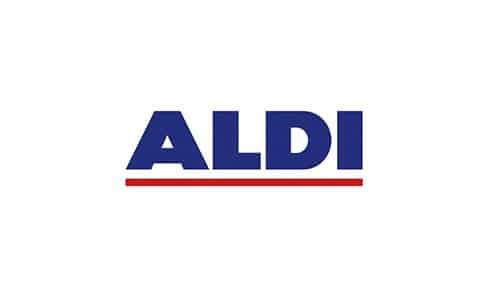Connectivity Management Platform (CMP): Most Frequently Asked Questions
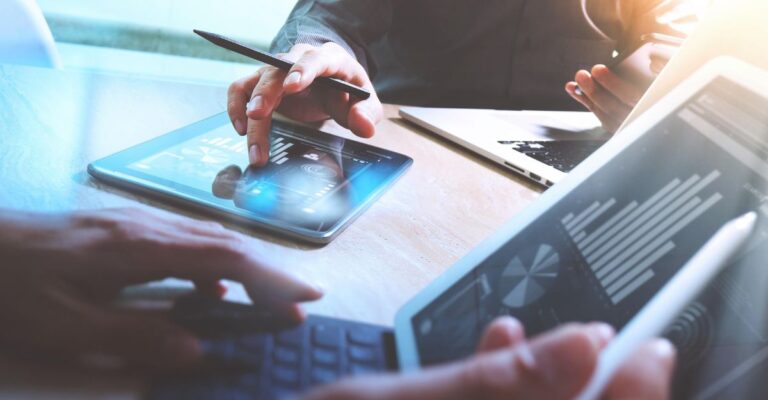
In this article we will explain what is an IoT Connectivity Management Platform (CMP), and answer the most frequently asked questions (FAQ) about cloud based IoT portals. Learn more about the features and benefits of a cloud based IoT management portal and how it can help you control IoT assets and with digital inventory management.
What is an IoT dashboard?
An IoT dashboard is an online portal in the cloud, where you can view and analyze live and past data from all devices and sensors in your Internet of Things (IoT) network. An IoT dashboard can also be used to manage existing IoT devices, to add and to remove other IoT devices in the network. IoT web portals offer you complete IoT connectivity management.
What are 7 components of a good IoT dashboard and CMP?
Below are some key components on how you can recognize a good IoT dashboard and Connectivity Management Platform.
- Lifecycle management: The ability to view, manage, operate, activate and decommission any SIM from anywhere and at every time.
- Autonomous full network control: The flexibility to select and switch to multiple connectivity providers, to ensure high availability for mission-critical needs.
- OTA configuration: Remote configuration of IoT SIM cards is done over the air (OTA), for a secure and cost-effective process on new and existing roll outs.
- Advanced billing: Access to real-time insights for cost-control and built-in fraud prevention. Create your own bundles, data plans and custom tariffs with flexible, multi-currency configurations.
- Alerts and dashboards: Provide support teams and executives an always up-to-date situational and insightful picture of their entire IoT SIM operation. Create custom rules, alerts and notifications to help manage financial, operational and technical parameters.
- Reports module: An IoT dashboard and CMP should have an integrated reports module with these 4 report types: Usage DR Records, Usage per Account, Transaction and charges DR Records and active SIMs and IMSIs.
- Advanced security: An IoT dashboard and CMP must offer integrated fraud prevention and real-time detection. It should also offer functionality to lock devices. A reliable and safe IoT dashboard and CMP can guarantee data security by using Firewalls, VPNs, and private APNs. This ensures that every device-generated data reaches its final destination in an extra secured manner.
How do I create an IoT dashboard?
An IoT management portal and online dashboard should be included free of charge, if you are a customer of an IoT connectivity or global roaming provider. The provider will set up the initial view and configuration of your IoT dashboard based on your devices, after which you can fully customize it in the cloud.
What are the 4 types of IoT management platforms?
These are the 4 most frequently used types of IoT management platforms and their main function:
1. Device: Control, manage, add or remove IoT devices and provision security updates for the IoT network.
2. Iot Connectivity: Monitor and control the data connections to the IoT devices. Manage the data pricing and tariff plans for IoT roaming providers.
3. Application: IoT application development and API integration with other software providers.
4. Analytics: Collect, process and analyze IoT data for management information purposes.
What is a CMP platform?
A CMP is a Connectivity Management Platform for IoT devices. The IoT CMP platform is used to manage, configure, and control the connections between IoT devices and the network. An IoT CMP platform can also be used to configure security updates for IoT devices. A CMP platform is a secure environment in which the user can manage and configure connections and data plans to global IoT connectivity and roaming providers.
What is CMP GDPR?
The best IoT Connectivity Management Portal is governed by the Internet of Things and General Data Protection Regulation (GDPR). The GDPR aims to protect personal information and sets up data privacy rules.
What is IoT Lifecycle management?
One of the major pillars of an online IoT connectivity dashboard and cloud based portal is the support of life cycle management. Any SIM, at any stage from built in factory eSIMS to stock and active operational SIMS are visible and manageable in an IoT dashboard. IoT lifecycle management supports test modes and real-time control functions like activation, suspension and deactivation over your deployed assets and connected devices.
What does DMP mean in the cloud?
DMP in the cloud means an IoT Data Management Portal that is available in the cloud. The benefits of a cloud based IoT DMP are instant availability everywhere, security and especially scalability. This makes a cloud based DMP a future-proof solution for IoT.

What is cloud based asset management?
Cloud based asset management means monitoring and controlling every IoT device or sensor from an online platform made available in the cloud. Cloud based asset management also includes controlling the full lifecycle of IoT devices in a cloud based platform.
What are the 4 benefits of cloud asset management?
The main 4 benefits of IoT cloud asset management are optimization, maintenance, security, and efficiency.
1. Optimization: IoT cloud asset management allows you to monitor the performance, quality and availability of your IoT devices.
2. Maintenance: IoT devices connected to a cloud asset management portal will report on their status and expected end-of-life. This is great for maintenance efficiency.
3. Security: IoT cloud asset management improves the security of IoT devices and data, with optimal monitoring and tracking over secure encrypted IoT connections.
4. Automation: Cloud based asset management increases overall efficiency, thanks to automation and less human error and intervention.
IoT cloud asset management enables real time access to IoT data, from anywhere and at any time.
Is cloud based model digital asset management?
Digital asset management for IoT devices is enabled via a cloud managed portal (CMP). A CMP can be accessed anywhere at any time via an internet connection and on a PC, mobile or tablet device.
What is meant by digital asset management?
Digital asset management (DAM) is a term used for managing a company’s digital assets. DAM includes digital assets like IoT devices, data and reports that can be saved securely in the cloud.
What is cloud-based inventory management?
We used the term cloud based inventory management when digital assets are stored and operated online via a management portal in the cloud. Inventory management in the cloud is great for monitoring and controlling IoT devices via an online single management portal.
What are the benefits of IoT in inventory management?
Implementing IoT in your inventory management systems can lead to significant time savings and improve supply chain efficiency. But what are 4 other benefits of IoT in inventory management for businesses?
- Overall optimization of supply chain and inventory: IoT can help provide real-time insights in stock quantity. This allows businesses to optimize their inventory exactly to the demand of their customers.
- Reduced delivery times: IoT can help in generating automatic forecasting reports. This allows businesses to get the right products out faster to their customers.
- Improve processes: IoT enables real-time track and trace of goods. Businesses can follow the precise movement of their products. The data can be used by businesses to identify any single points of failure in the supply chain.
- Lower administration: By implementing IoT in inventory management, a lot of administration can be fully automated. Employees can focus less on time consuming administration and focus on more important tasks.
